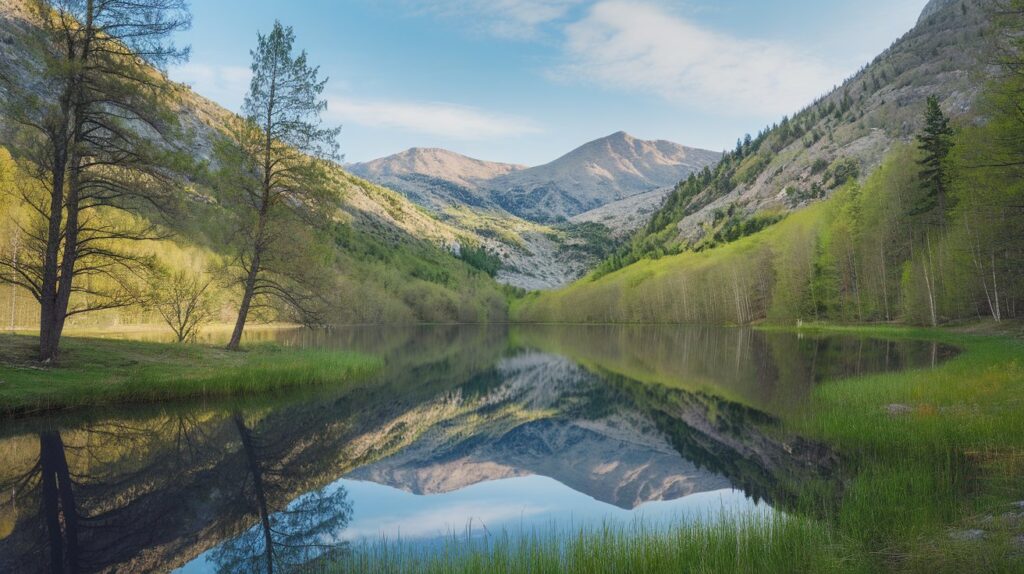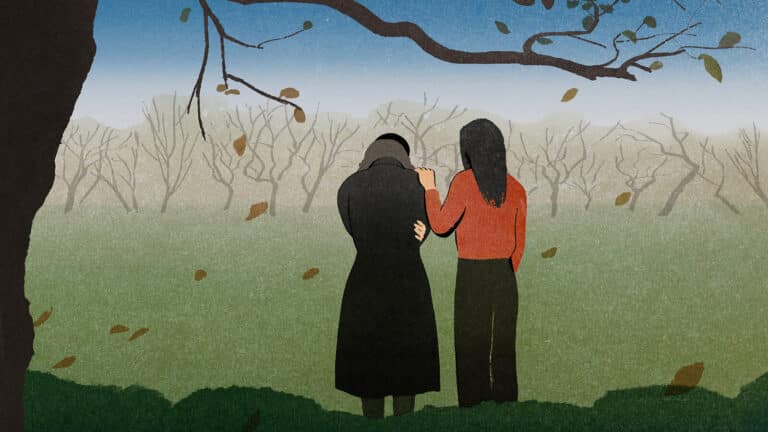Did you know that spending just 20 minutes in nature can significantly lower your stress hormone levels? Our natural world holds remarkable power over our well-being.
Many students find themselves struggling to write clear, engaging essays about nature – unsure where to start or what details to include.
Between textbooks and online resources, finding the right words to express nature’s significance can feel overwhelming.
This collection of essays will provide you with well-structured examples to help you write effectively about the natural world. You’ll find various approaches to describing nature’s elements, seasons, and importance in our lives.
We’ll share multiple essay samples ranging from simple descriptions to detailed analyses, helping you understand different writing styles and formats for nature-focused compositions.
Essay #1
Our planet’s natural world faces significant challenges today. From shrinking forests to threatened wildlife, many people feel disconnected from the environment that sustains us. While these problems can seem overwhelming, understanding and appreciating nature remains essential for our well-being and survival. Nature is not just a part of our environment but a crucial aspect of our lives that offers beauty, balance, and sustenance. The connection between humans and nature runs deep within us, and understanding this relationship is vital for our well-being and future.
Nature surrounds us in countless forms – from the smallest plants to the grandest mountains, from tiny insects to large mammals, from quiet streams to vast oceans. These elements work together in perfect balance, creating the world we know. The sun provides energy, plants produce oxygen, and animals maintain the food chain, forming a complete system that keeps life going. Nature gives us everything we need to live. The soil grows our food, forests clean our air, and water sources sustain all living things. Beyond these basic needs, the natural world benefits our health in surprising ways.
Studies show that time spent outdoors reduces stress, improves mood, and helps people sleep better. The sounds of birds singing, leaves rustling, and water flowing can lower blood pressure and boost mental clarity. When we look at how nature shapes our daily lives, we see its influence everywhere. The changing seasons affect what we eat, wear, and do. Natural light guides our sleep patterns, while weather influences our activities and choices. Even in cities, people seek out parks and green spaces, showing our basic need to connect with the natural world.
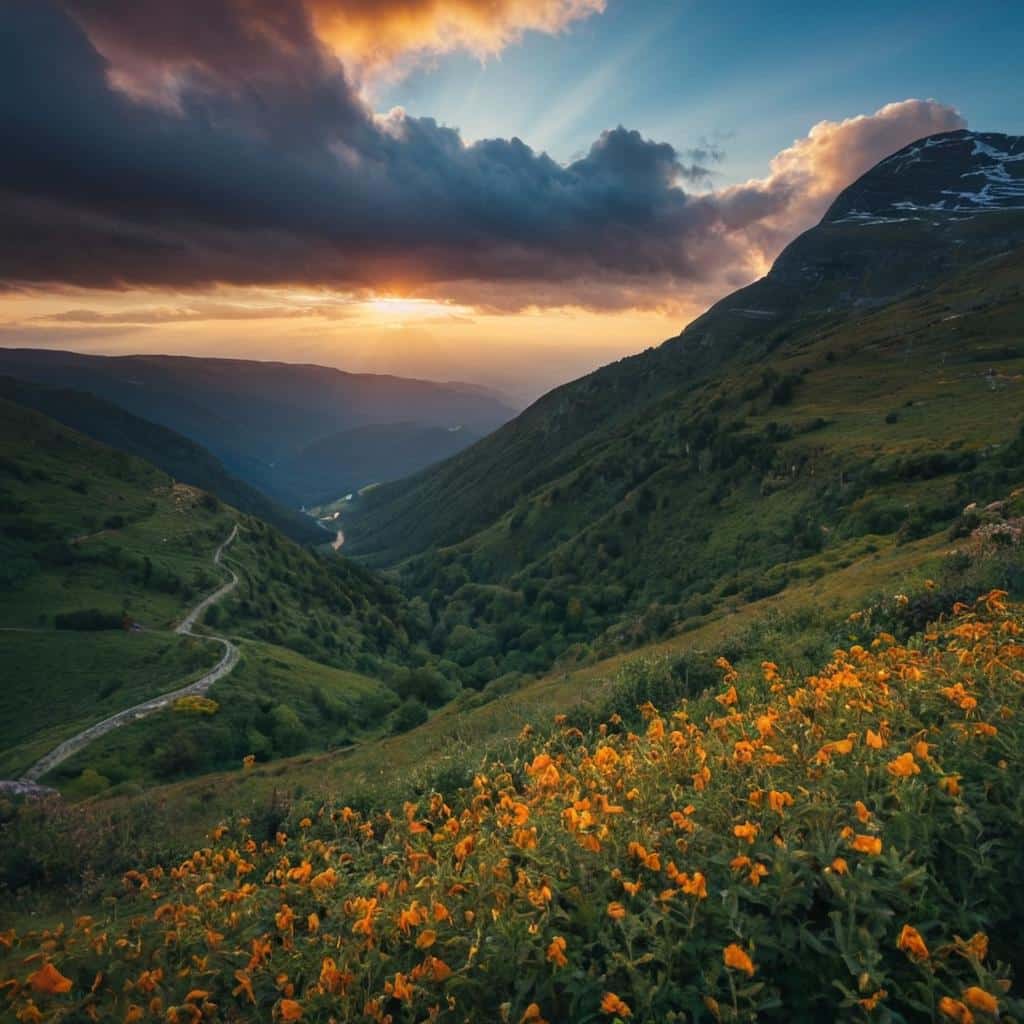
The natural world presents stunning sights in every corner of our planet. Mountain ranges stretch toward the sky, their peaks covered in glistening snow. Dense forests house countless trees, each supporting its own small world of life. Beaches extend along coastlines, where blue waters meet golden sand, while rivers wind through landscapes, creating fertile valleys along their paths. Our planet supports an incredible variety of life forms. Each species plays its unique part in maintaining life’s delicate balance. Tigers roam through forests as master hunters, while tiny bees keep plant life thriving through pollination. Whales glide through ocean depths, and countless bird species fill the skies with color and song. This mix of different species helps keep our natural systems strong and healthy.
Each season brings its own special changes to the natural world. Spring fills gardens with new flowers and returning bird songs. Summer sunlight helps plants grow tall and strong. Autumn turns tree leaves into bright shades of red and gold. Winter brings quiet snowfall that covers the land in white. These seasonal shifts create an endless display of natural beauty and remind us how our world keeps changing and renewing itself.
Human activities have created serious problems for the natural world in recent decades. Large-scale clearing of forests continues to destroy vital animal homes and plant species. Industries release harmful chemicals into our air and water, while plastic waste fills our oceans. We often take more resources from nature than it can replace, from overfishing our seas to excessive mining of minerals. Climate change shows how human choices affect natural systems worldwide. Rising temperatures cause ice caps to melt and sea levels to rise. Many animals struggle to adapt as their habitats get too warm or dry. Unusual weather patterns bring more severe storms, floods, and droughts.
These changes harm both wildlife and human communities that depend on stable natural conditions. We must act now to protect our natural world. Simple changes in how we live can make a big difference. Using less energy, choosing reusable items instead of disposable ones, and supporting clean energy helps reduce harm to nature. Creating protected areas for wildlife and replanting forests helps heal damaged ecosystems. Every person’s efforts to live more sustainably add up to meaningful change for our planet’s future.

Science confirms what many people feel instinctively: nature heals our minds and spirits. Studies show that walking in green spaces lowers anxiety and depression. The simple act of sitting near trees or water helps our brains rest and recover from mental fatigue. Hospital patients who can see trees from their windows often get better faster than those who cannot. Many cultures worldwide share a deep respect for the natural world. Native American traditions teach that all living things are connected and deserve respect. Japanese practices include “forest bathing,” where people spend quiet time among trees to restore their inner peace.
Ancient wisdom from India treats plants as sacred healers. These traditions remind us that humans and nature share an essential bond. In today’s busy world, many people spend most of their time indoors, looking at screens. This separation from nature often leads to increased stress and decreased happiness. Taking time to watch sunsets, tend gardens, or simply sit under trees can bring back our natural sense of calm and wonder. Even small connections with nature, like keeping plants at home or taking short walks in parks, can improve our daily mental health and help us feel more balanced and content.
People worldwide are working together to protect our natural environment. Organizations large and small help save endangered species, clean up pollution, and preserve wild spaces. International agreements set rules to reduce harmful emissions and protect forests. Many countries now have laws that limit pollution and shield important natural areas from damage. New methods of farming work with nature instead of against it. Farmers are using less harmful chemicals and choosing ways to grow food that keep soil healthy. More communities are switching to solar and wind power, which create energy without harming air quality. Scientists keep finding better ways to clean up pollution and reduce waste, from new recycling methods to materials that break down naturally.
Every person can help protect nature through simple daily choices. Using less water by taking shorter showers or fixing leaky faucets makes a difference. Choosing to walk, bike, or take public transport reduces air pollution. Starting a small garden or joining local tree-planting events helps create new green spaces. Picking reusable bags and bottles instead of single-use items reduces waste in landfills and oceans. When many people make these small changes, they add up to big positive effects for our natural world.
The natural world forms the foundation of all life on Earth, binding humans and the environment in an unbreakable bond. From the air we breathe to the food we eat, nature provides everything we need to survive and thrive. Its influence extends beyond physical needs, touching our mental well-being and spiritual health. Taking care of nature means taking care of ourselves and future generations. Each small step matters – from planting trees to reducing waste. When we protect natural spaces, we preserve not just plants and animals, but our own connection to the living world around us. As naturalist John Muir once said, “When we try to pick out anything by itself, we find it hitched to everything else in the Universe.” Let’s cherish these connections. Start today: take a walk outside, plant a garden, or simply pause to watch a sunset. In protecting nature, we protect the very essence of life itself.
Essay #2
Nature offers the most spectacular show on Earth, providing us with both sustenance and serenity. From the gentle morning breeze to the powerful waves of the ocean, from tiny seeds growing into towering trees to birds soaring across vast skies – the natural world creates a perfect balance that supports all life. Unfortunately, many of us spend our days indoors, disconnected from these natural wonders. We’ve replaced forest walks with screen time and stargazing with artificial lights. This separation affects not just our understanding of nature but also our physical and mental health. In this essay, we’ll examine how nature works as a complete system, its importance in our lives, and why we must protect it for future generations.
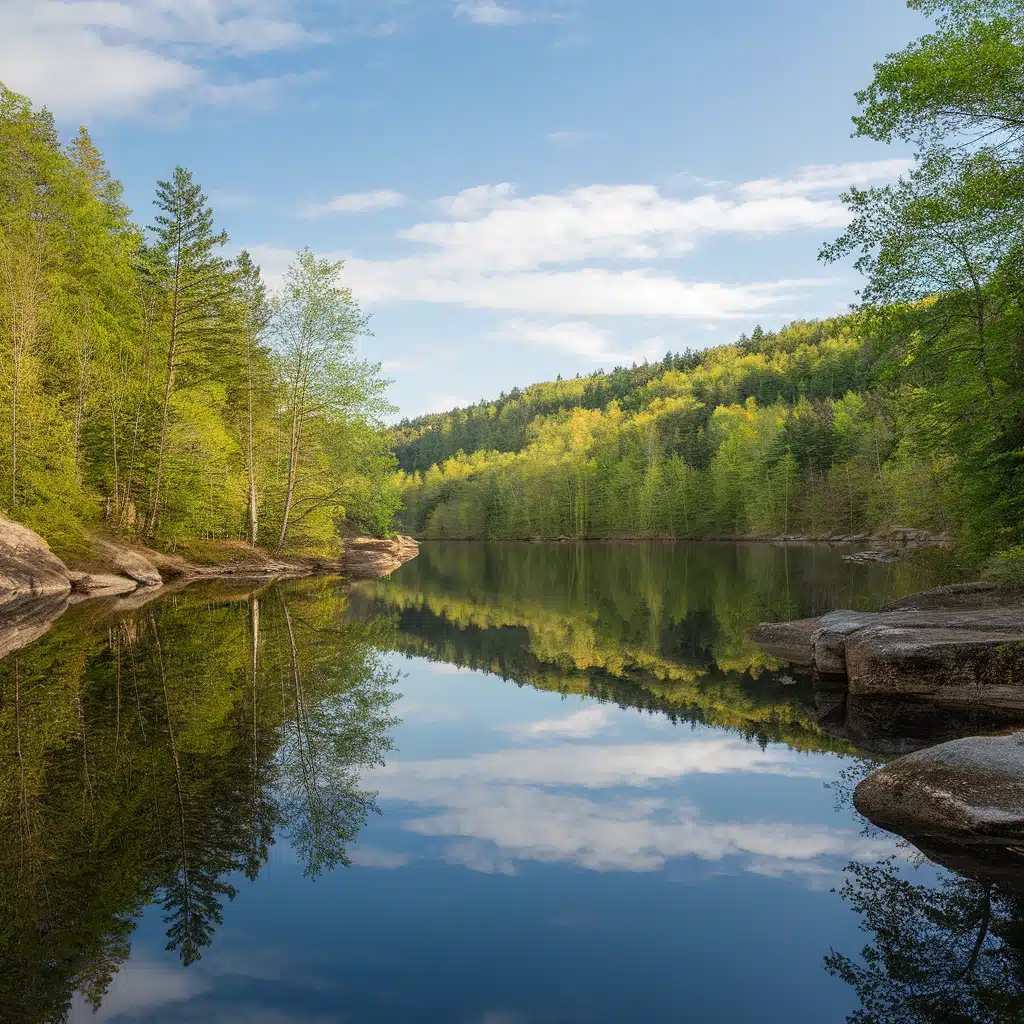
The Earth’s natural systems work together in perfect harmony. The sun rises each morning, warming the air and land, starting a new cycle of life. The sky holds our atmosphere, protecting us from harmful radiation while creating weather patterns that distribute water across the globe. Water exists in an endless cycle – oceans, lakes, and rivers provide moisture that rises into clouds, later falling as rain to nourish plants and animals. These water bodies also maintain Earth’s temperature and support countless species, from tiny plankton to massive whales.
The land gives us fertile soil where plants grow and thrive. Forests serve as Earth’s lungs, taking in carbon dioxide and releasing oxygen. Trees, flowers, and grass create habitats for various creatures while providing us with food, medicine, and building materials. Wildlife adds another layer to this intricate system. Birds spread seeds across distances, bees pollinate flowers, and even the smallest insects play crucial roles in maintaining soil health. Larger animals keep populations in check, ensuring no single species becomes too numerous. These elements – sky, water, land, plants, and animals – don’t exist in isolation. Each depends on the others, creating a finely tuned network of life. When one part suffers, the effects ripple throughout the entire system.
Our connection with nature shapes every aspect of our existence. Time spent outdoors provides essential vitamin D, strengthens our immune system, and improves our physical fitness. Walking in green spaces helps maintain healthy blood pressure and reduces stress on our bodies. Regular outdoor activities also improve muscle strength, balance, and overall physical well-being. The natural world also supports our mental well-being.
Research shows that spending just 20 minutes among trees lowers stress hormones and anxiety levels. People who regularly spend time in natural settings report better sleep, improved mood, and clearer thinking. The sounds of birds singing and leaves rustling create a natural therapy that helps calm our minds. Students who study near natural areas often show better concentration and memory. Nature provides our fundamental needs. The soil gives us food – fruits, vegetables, and grains grow from this precious resource. Clean water comes from natural sources, filtered through layers of earth and rock. The air we breathe is cleaned by forests and oceans, maintaining the right balance of gases in our atmosphere. These essential elements sustain not just humans but all living things on Earth.
Traditional medicines often come from plants, and many modern medications trace their origins to natural compounds. Communities worldwide still rely on local plants for healing remedies, passing this knowledge through generations. Scientists continue to find new medical uses for natural materials, showing how much we still have to learn from nature. Even our economy depends on nature’s resources. From building materials to food production, from clean water to tourism – the natural world supports countless jobs and industries. Small farmers, fishermen, and tour guides make their living directly from nature, while many other businesses rely on natural resources for their products and services.
Our modern way of life puts increasing pressure on natural systems. Each year, forests shrink as we clear land for buildings and farming. This loss affects not just trees but countless animals that call these woods home. When forests decrease, the air quality suffers, and weather patterns change.
Pollution threatens our oceans, lakes, and rivers. Plastic waste harms marine life, while chemical runoff from factories and farms makes water unsafe for humans and animals. Many fish populations are dropping due to too much fishing and changes in water temperature. The air in our cities contains harmful particles from cars, factories, and power plants. This poor air quality leads to breathing problems and other health issues. It also contributes to changes in our climate, causing more extreme weather events. Many animal and plant species face difficulties surviving as their homes disappear or change too quickly. When one species struggles, it affects others that depend on it for food or other needs. This creates a chain reaction throughout natural communities. We can see these problems in our daily lives – fewer birds visiting our gardens, changing weather patterns affecting crops, and more frequent storms damaging homes and communities. These signs tell us we must change how we interact with nature.
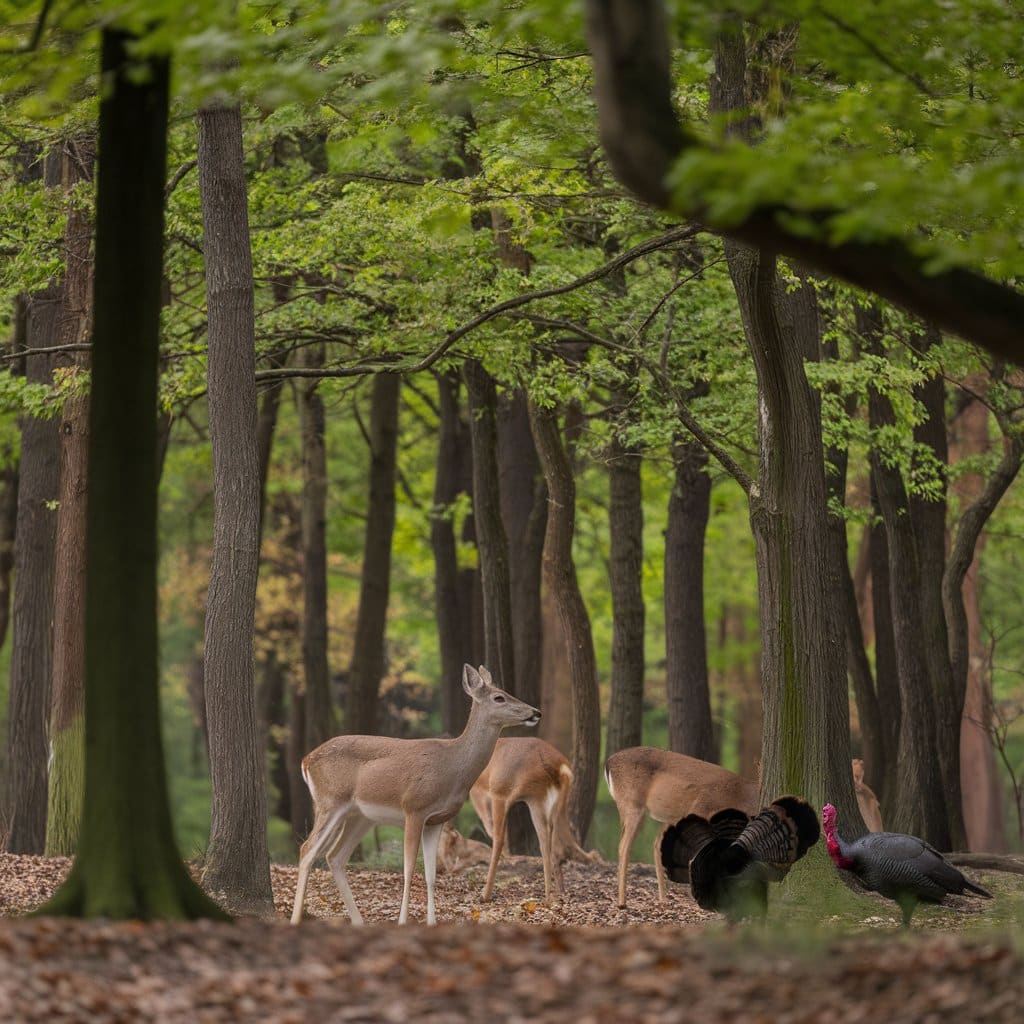
Individual actions combined with community efforts can create significant positive changes for our environment. At home, we can start by reducing energy use through simple steps like turning off unused lights and using energy-saving appliances. Growing our own food, even in small garden spaces, helps reduce the need for large-scale farming. Communities can work together to create local parks and green spaces. School gardens teach children about growing food and caring for plants. Neighborhood cleanup programs help remove trash from natural areas and raise awareness about waste management. Local markets that sell food from nearby farms help reduce transportation needs and support sustainable farming. Cities can make better choices in planning and building. Adding more trees along streets helps clean the air and cool urban areas. Creating dedicated bicycle lanes and good public transportation reduces car use and air pollution. Smart building designs that use less energy and collect rainwater show how we can live more sustainably.
Governments play a key role by making and enforcing laws that protect natural areas. Setting aside land for wildlife, limiting harmful fishing practices, and controlling pollution all help preserve nature. Supporting research into clean energy and sustainable practices creates new ways to meet our needs while protecting the environment. Education remains one of our most powerful tools. Understanding how natural systems work helps us make better choices in our daily lives. When people learn about nature’s importance, they’re more likely to support efforts to protect it.
The natural world offers more than just beautiful views – it provides the foundation for all life on Earth. Our health, happiness, and survival depend on keeping nature’s systems working properly. While we face serious challenges in protecting our environment, each person can make positive changes. Simple actions matter – using less plastic, saving water, planting trees, or supporting local conservation efforts. We can choose products that cause less harm to the environment and speak up for better protection of natural areas. Teaching children about nature helps ensure future generations will value and protect it. As we look ahead, we must remember that nature doesn’t need us – we need nature. By taking care of the natural world, we take care of ourselves. Every step toward protecting our environment, no matter how small, helps create a better future for all living things.
Essay #3
Nature marks time differently than our clocks and calendars. Instead of minutes and hours, it flows through four distinct seasons, each bringing its own changes to the world around us. Many people miss these subtle shifts as they hurry through their daily routines, focused on screens instead of scenery. The passing of seasons affects everything in the natural world – from the smallest flower to the tallest tree, from tiny insects to large mammals. Each season creates its own rhythms of life, death, and renewal. These changes tell important stories about how plants and animals adapt and survive. In this essay, we’ll follow nature’s yearly cycle through spring, summer, autumn, and winter, seeing how each season plays its unique role in the continuing story of life on Earth.
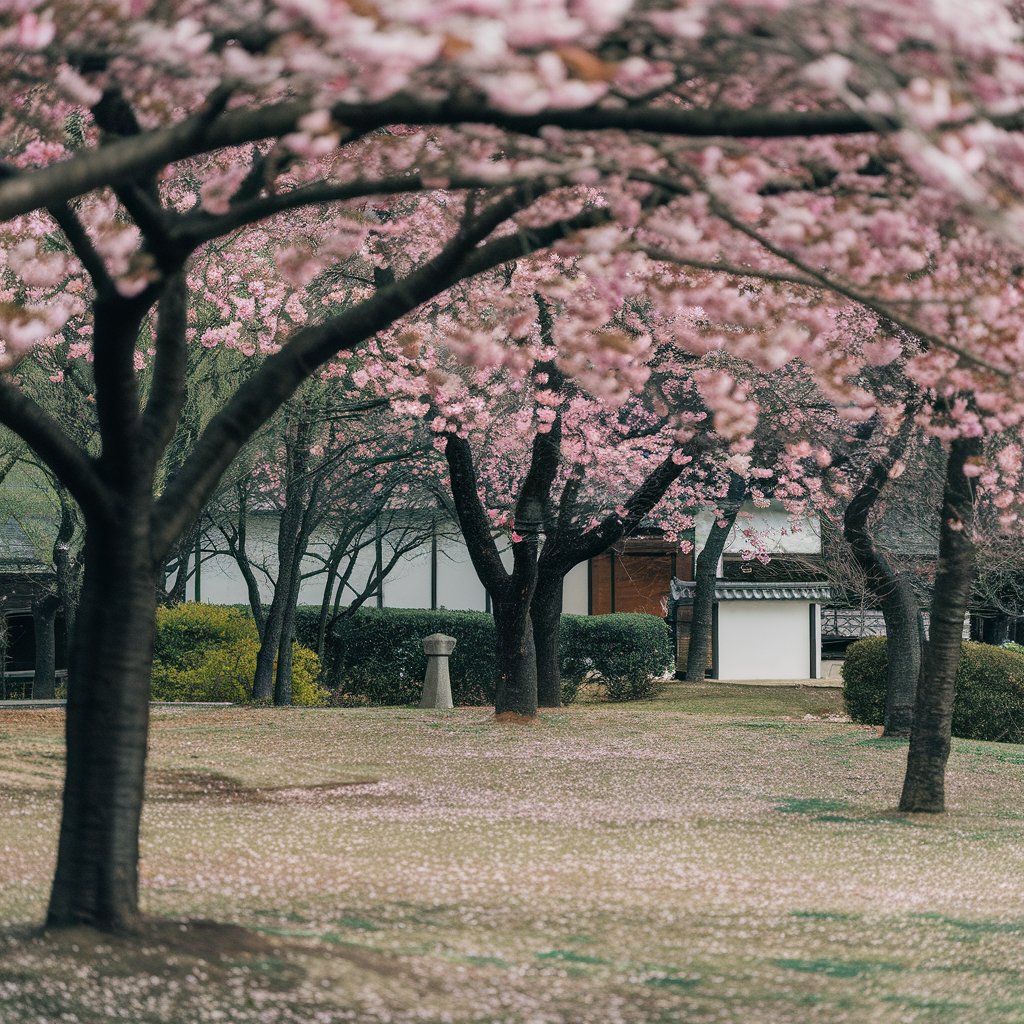
Spring arrives quietly at first, then builds into a display of life’s persistence. As temperatures rise, the frozen ground softens and the first shoots push through the soil. Small green buds appear on tree branches, gradually unfurling into tender leaves that grow stronger each day. Early flowers like snowdrops and crocuses break through the last patches of snow, adding spots of color to the warming earth. These early bloomers provide vital food for bees and butterflies emerging from their winter rest. Soon, more flowers join the show – daffodils nod in the breeze, tulips open their bright petals to the sun, and fruit trees burst into pink and white blossoms.
Birds return from their winter travels, filling the morning air with songs as they build nests and find mates. The dawn chorus grows louder each day as more species join this natural concert. In fields and forests, young animals take their first steps – fawns wobble on thin legs, fox cubs play near their dens, and baby birds learn to fly. Rain plays its part too, bringing life-giving water that helps seeds sprout and streams flow fuller. The mix of rain and sun creates perfect conditions for growth, and the earth responds with an explosion of green life. Even the air feels different, carrying the fresh scent of new growth and warm soil. Spring shows us nature’s strength, as plants push through concrete cracks and seeds sprout in unlikely places, reminding us that life finds ways to continue and thrive.
Summer brings the year’s most vibrant display of natural activity. The sun reaches its highest point, providing long days of warmth and light that fuel life’s processes. Trees spread their full canopy of leaves, creating cool green shelters that protect smaller plants and animals from the intense heat. Gardens and meadows fill with colorful flowers – bright red poppies, purple thistles, and yellow sunflowers turn fields into natural paintings. Each bloom attracts different pollinators, from tiny native bees to large bumblebees, from delicate butterflies to fast-moving hummingbirds. This constant movement of insects helps create the fruits and seeds needed for the next generation of plants.
Summer nights bring their own magic. Fireflies light up evening gardens with their gentle signals, while crickets and frogs add music to the darkness. Moths take over the pollination duties from daytime insects, visiting pale flowers that glow in the moonlight.
In forests, young animals born in spring grow stronger under their parents’ watchful eyes. Bird families teach their offspring vital skills like finding food and avoiding danger. In ponds and lakes, fish swim in sunny shallows, while dragonflies patrol the water’s edge. Even the soil teems with life as earthworms and countless tiny organisms break down plant material into rich earth. Weather adds drama to summer days – from sudden thunderstorms that refresh the air to quiet evenings filled with the setting sun’s golden light.
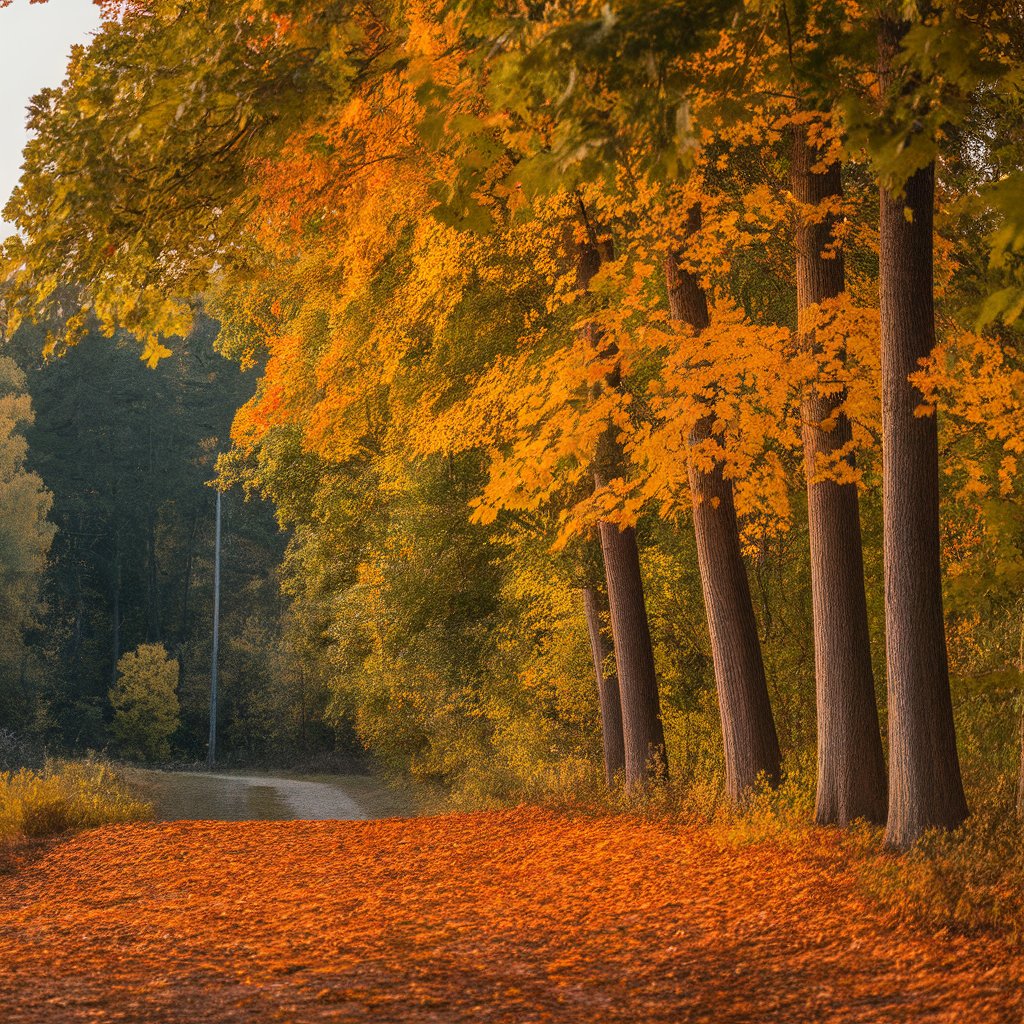
Autumn paints the world in warm colors as nature prepares for the coming cold. The changing light triggers trees to stop producing green chlorophyll, revealing hidden reds, oranges, and yellows in their leaves. This color show moves slowly down mountainsides and across valleys, creating waves of bright foliage. Plants focus their energy on seeds rather than leaves or flowers now. Acorns drop from oaks, while maple trees release their spinning seeds to fly on the wind. Berry bushes offer their fruit to birds and small mammals, ensuring their seeds spread far and wide. Squirrels and chipmunks gather these offerings, storing food for the winter months ahead. Many birds form large groups, preparing for their long flights south. They feed heavily on autumn’s abundance, building up strength for their journey.
Other animals also prepare for winter – beavers repair their lodges, deer grow thicker coats, and bears eat extra food to build up fat reserves. Morning frost starts to appear, coating spider webs and grass blades with delicate white crystals. Misty mornings give way to clear, cool days perfect for wildlife to complete their preparations. Fungi appear in damp places, helping break down fallen leaves into rich soil for next year’s growth. The air fills with new scents – fallen leaves, ripening apples, and the earthy smell of changing seasons.
Winter brings a different kind of life to the natural world. Snow blankets the ground, creating a quiet landscape that appears still but remains alive beneath its surface. The bare branches of trees stand out against gray skies, their shapes showing the simple beauty of their structure. Under the snow, small mammals stay active in hidden tunnels, while insects and amphibians rest in protected spaces below the frost line. Many seeds need this cold period to prepare for spring growth. The snow itself acts as an insulator, keeping the ground temperature steady and protecting dormant plants and sleeping animals.
Not all wildlife rests during winter. Red foxes hunt in the snow, their ears picking up the sound of mice moving beneath the surface. Winter birds like chickadees and cardinals add spots of movement and color to the quiet landscape. Their feathers fluff up against the cold as they search for seeds and berries left on plants. Evergreen trees keep their needles, providing shelter for wildlife and remaining green under their snow coverings. Frozen lakes and streams create new highways for animals to cross, while their liquid water continues flowing beneath the ice, keeping fish and other water life safe. On sunny days, the snow sparkles like diamonds, and icicles catch the light, turning winter into a crystal gallery of natural art.
The cycle of seasons shows us how nature maintains its balance through constant change. Each season brings its own gifts and challenges, creating a complete system that supports all forms of life. From spring’s renewal to summer’s abundance, from autumn’s preparation to winter’s rest, every phase plays an essential role. Understanding these seasonal patterns helps us connect with the natural world and recognize our place within it. While modern life often separates us from these natural rhythms, the seasons continue their ancient dance, reminding us of nature’s wisdom and strength. By observing and respecting these seasonal changes, we learn valuable lessons about patience, adaptation, and the importance of rest and renewal in all aspects of life.
Conclusion
Nature gives us countless lessons when we take the time to notice its patterns and processes.
From the smallest seed to the largest tree, from quiet winter mornings to lively summer afternoons, the natural world shows us how all living things connect and depend on each other.
By understanding these connections, we see our role more clearly. Our choices and actions matter – they can help maintain or harm the delicate systems that support life on Earth.
Simple steps like planting trees, saving water, and keeping our surroundings clean make a real difference.
The beauty of the natural world goes beyond what we see. It includes the fresh air we breathe, the clean water we drink, and the soil that grows our food. Taking care of nature means taking care of ourselves and future generations.
We invite you to share your thoughts in the comments below. How does nature affect your daily life? What changes do you notice in your local environment?

